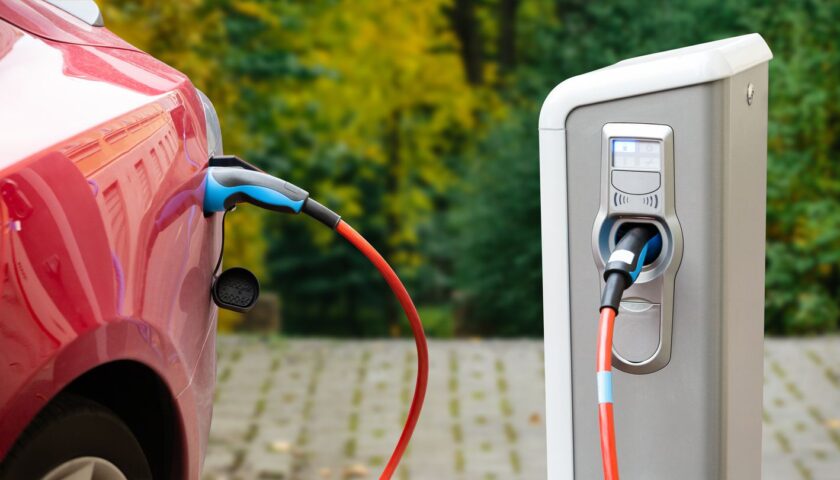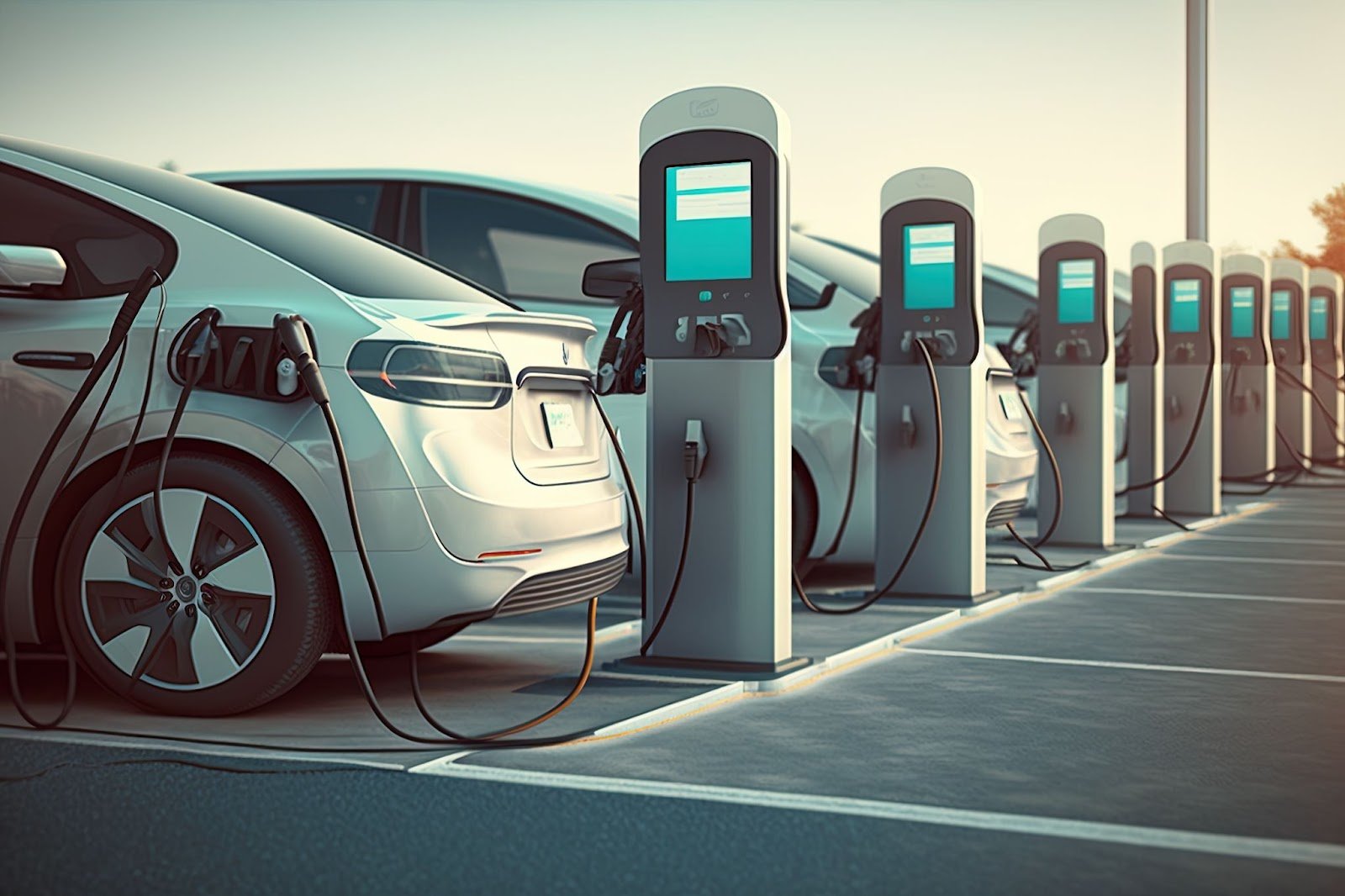Are you considering an electric vehicle (EV) purchase? Excellent! If you’ve found your way to this article, it’s likely you’re curious about charging your future eco-friendly, neighborhood-envy-inducing car. If you’re already an EV owner and are just learning how to charge it now, well, that’s rather intriguing, isn’t it?
Transitioning from gasoline or diesel to an electric vehicle involves certain adaptations, with the most fundamental being how you fuel your vehicle. So, let’s delve into the process of charging an electric vehicle.
How does one charge an electric car?
In essence, an electric car is charged by connecting a specialized charging cable to a unique socket. There’s your basic answer, but if you’re looking for more, read on.
Home charging is the go-to option for most EV owners, especially those with driveways or garages. It’s not only convenient (bye-bye, gas station lines), but also generally cost-effective. A home charging station or wallbox is usually installed outdoors, providing faster charging times than a regular three-pin plug. The power output can go up to 11kW, depending on your home’s current processing capacity and the specific wallbox unit you install.
Charging is as simple as opening the car’s charging port cover and connecting the charging cable. Some home charging units even allow customization of your charging schedule through a smartphone app. Regardless of whether you use an app, most EVs will display the estimated charging time on the dashboard.
Are you worried about pranksters unplugging your car, leaving you with a drained battery? Fear not! EV charging cables have locking mechanisms, making them tamper-proof once the car is locked.
What if home charging isn’t an option?
If you can’t charge at home, you’ll need to rely on public charging stations. These can be found in various locations, from lamp posts to service stations. Comprehensive maps like Zap Map in the UK can help you locate these, or your EV’s satellite navigation might even direct you to the nearest charging station.
You might also have access to charging points at your workplace, which allows you to commute, work, and return home with a charged vehicle – pretty straightforward.
For longer journeys, you’d need to find a rapid, fast, or ultra-fast charger.

What exactly is a rapid charger?
A rapid charger is a high-speed charging station designed to refuel your electric car as swiftly as possible. These can supply between 50kW and 350kW via a DC current, compared to the slower AC current powering your household devices.
How long does EV charging take?
This is largely variable. It depends on the type of charger used and the power acceptance rate of your EV. Home charging generally takes several hours, which is why many people plug in overnight to wake up to a fully charged battery.
Charging at a rapid charger at a service station, however, could take as little as half an hour. Keep in mind, though, that the final 20% of the charge takes longer than the initial 80% due to the physics involved in battery charging.
How much does charging cost?
Again, it varies. Generally, home charging is the most economical, especially if you can charge during off-peak hours when electricity rates are lower. Public charging typically costs more due to provider fees and the premium for rapid charging. Some providers offer subscription plans for lower rates, but all new charging stations are required by law to offer pay-as-you-go options.





